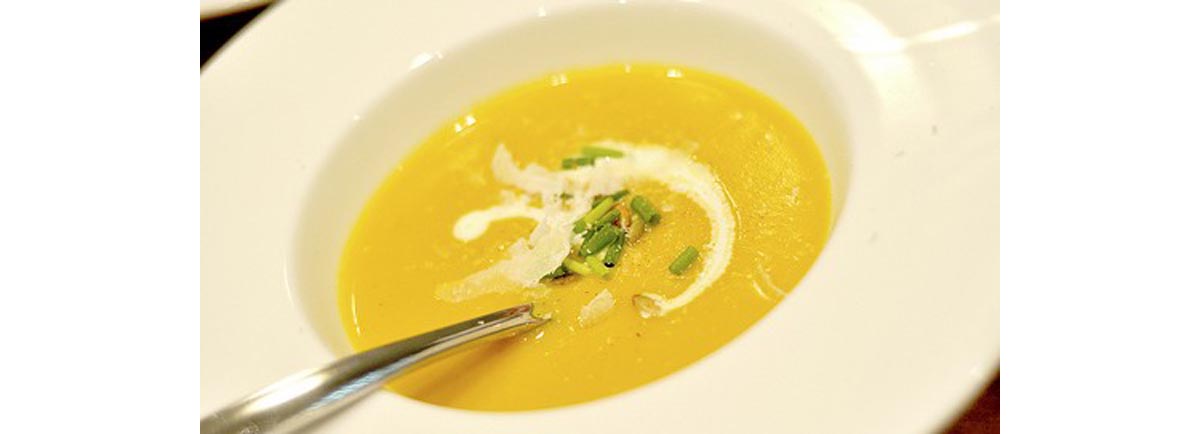Table of Contents
"You can get fat eating healthy food."
Let that message sink in for a minute.
As much as you may have heard all about choosing the right foods for your diet, counting your calories, focusing on low carb, or low fat, or natural whole foods, none of this actually matters if you’re still eating too much food. Your body sees all food as a source of fuel, and while healthy foods may be far lower in calories than those junk foods, you can definitely still gain weight by eating too much.
You may be eating all the right foods, meticulously planning your meal times to a tee, focusing on fresh foods, natural produce and avoiding junk food like the plague. Yet something’s missing from your diet plant — portion sizes. Without planning the correct serving sizes, all your hard work could be completely going to waste.
You're not alone if you're struggling with portion sizes, but we're here to help. What tips do you need to know about portion sizes to take your dietary plans to the next level?

Your body runs off calories, and the three macronutrients — which are proteins, carbs and fat. Choosing the right types of these is certainly important for your general health and well-being, as well as avoiding disease and illness, optimizing your performance when exercising in the gym, and keeping you feeling fuller and reducing your cravings, but none of this matters if you’re over-consuming the foods.
It doesn’t matter whether you’re a staunch vegan, zero carb dieter, organic eater, or any other diet under the sun, you need some form of portion control.
There are two methods of measuring your portion sizes and both work well, it just depends on what’s easiest for you to follow and stick to. The first method is the calorie counting method.
Counting Calories For Portion Control
Counting calories appears to be seriously uncool in the nutrition industry at the moment. All the latest diets claim you don’t need to count them and point out the many flaws with calorie counting. However, while the calorie values listed on packaging and counting apps may not always be 100 percent right, it’s still an extremely accurate method, and far better than eating unlimited quantities.
When counting calories, you don’t need to aim for a certain amount of food per meal, rather a daily total of calories, or better still, a daily total for each of the three macronutrients. How you work this out depends on who you talk to, but the best approach is to use an Online calorie calculator or app to work out your basal metabolic rate (BMR) which is how many calories you need per day just to survive.
From here, work out your total daily energy expenditure (TDEE) which factors in your activity levels.
Once you have this, simply aim for this many calories to maintain weight, 300 to 500 under to lose weight, or 300 to 500 over to gain weight.
Aim for around 1 gram of protein per pound of body-weight, then split the rest of your calories between carbs and fat.
From here, it’s simply a case of making sure all your meals over the day fit in with these guidelines.
The beauty of this method is that it’s accurate and allows you to vary the amounts you eat each meal. For instance, if you want a large serving of carbs at breakfast but don’t mind foregoing them at dinner, then go ahead. The same goes for protein and fat – those daily numbers are key, and it’s easy to calculate portion sizes using a set of digital kitchen scales. Once you’ve weighed your food, plug it into a calorie counting app, website or spreadsheet and work out your portion sizes from there.
- “Calorie Control Guide for Men and Women”
- By Ryan Andrews and Brian St Pierre
- Published on September 25, 2012
- Accessed on March 3rd, 2013
- Retrieved from http://www.precisionnutrition.com/calorie-control-guide
- Photo courtesy of cproppe on Flickr: www.flickr.com/photos/cproppe/4439103573
- Photo courtesy of 30691679@N07 on Flickr: www.flickr.com/photos/30691679@N07/5121577622


Your thoughts on this